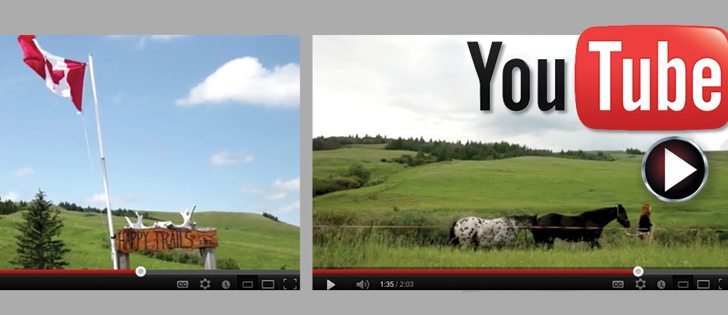Temple Grandin answered questions about sow gestation stalls during her appearance in Brandon. The following is a sample of her thoughts on the topic:
Her comment may have triggered a laugh, but Temple Grandin sincerely believes livestock producers should post videos of themselves on YouTube.
The renowned livestock handling expert, who spoke in Brandon May 23 as part of a book promotion tour, told an audience of 400 that the videos should provide simple, straightforward images about raising livestock, such as feeding pigs or moving cattle.
Producers may think that sort of information is trivial, but urban residents want to know how and why things are done on a farm.
For instance, Grandin, whose life story was featured in an award winning HBO movie, said her Hollywood friends have no idea why cattle are fed grain in feedlots.
Read Also

Canadian Food Inspection Agency slammed for handling of bovine tuberculosis case
The federal government leans heavily on producers to “take one for the team” and risk their livelihoods without any reassurance of support.
“The general public is just curious … about how farmers do things,” she later told reporters.
“I looked on YouTube and I was surprised to find out that one of the top videos is a feed truck feeding cattle. That may seem common and ordinary to you, but for someone in New York City, that’s interesting.”
Grandin’s comments were prompted by a question from James Hofer, hog barn manager for the Starlite Colony near Starbuck, Man., who wanted to know how producers could connect with the public and make the case that hog farmers are diligent caretakers of livestock.
“I’m a pork producer. I’m certified. I’m qualified. I’m proud of what I do and I know why I’m doing it and I’m not afraid to show anybody how I’m doing it,” he said.
Grandin interrupted Hofer half way through his question and told him to take internet viewers on a tour of his farm, just as if he was showing the farm to relatives from Toronto.
“Why don’t you put up things like taking care of baby piglets, feeding sows and how you do AI and why you do it,” said Grandin, who is equally famous for having autism and writing numerous books on the topic.
“It needs to be explained in a real matter of fact way, but it does need to be explained…. But don’t get in there and do a lot of PR talk. It’s a lot better saying I’m a pork producer in Manitoba … and let me show you some things on my farm.”
Following her speech, Hofer gave high marks to Grandin’s response, noting her answer was “bang on.”
He said producers may be reluctant to participate in the online chatter about animal agriculture, but they no longer have a choice.
“For all the good things that social media can do, and all the bad things, there is no better tool,” said Hofer, who has never used social media.
“I think we have to use that vehicle…. Just show the people what you are doing. Keep it simple.”
Laura-Lee Harms, an animal health technologist and cattle rancher from Mather, Man., was also impressed by Grandin’s thoughts about YouTube.
“You see a lot of negative things (online) and I guess we should be more proactive in showing the positive (aspects) of our production,” she said.
“We need to show the public that we love doing what we do. We don’t just do it for money.”
Grandin said hog producers should also consider installing video cameras inside their barns.
For example, Cargill has cameras inside its slaughter plants that third party auditors watch randomly to monitor what is happening and rate how employees treat livestock.
If hog farmers want to open their operations to the public, video and third party auditing would certainly be a step in that direction, Grandin said.
“One of the things it would accomplish is making sure that employees aren’t abusing pigs when nobody is watching.”
















